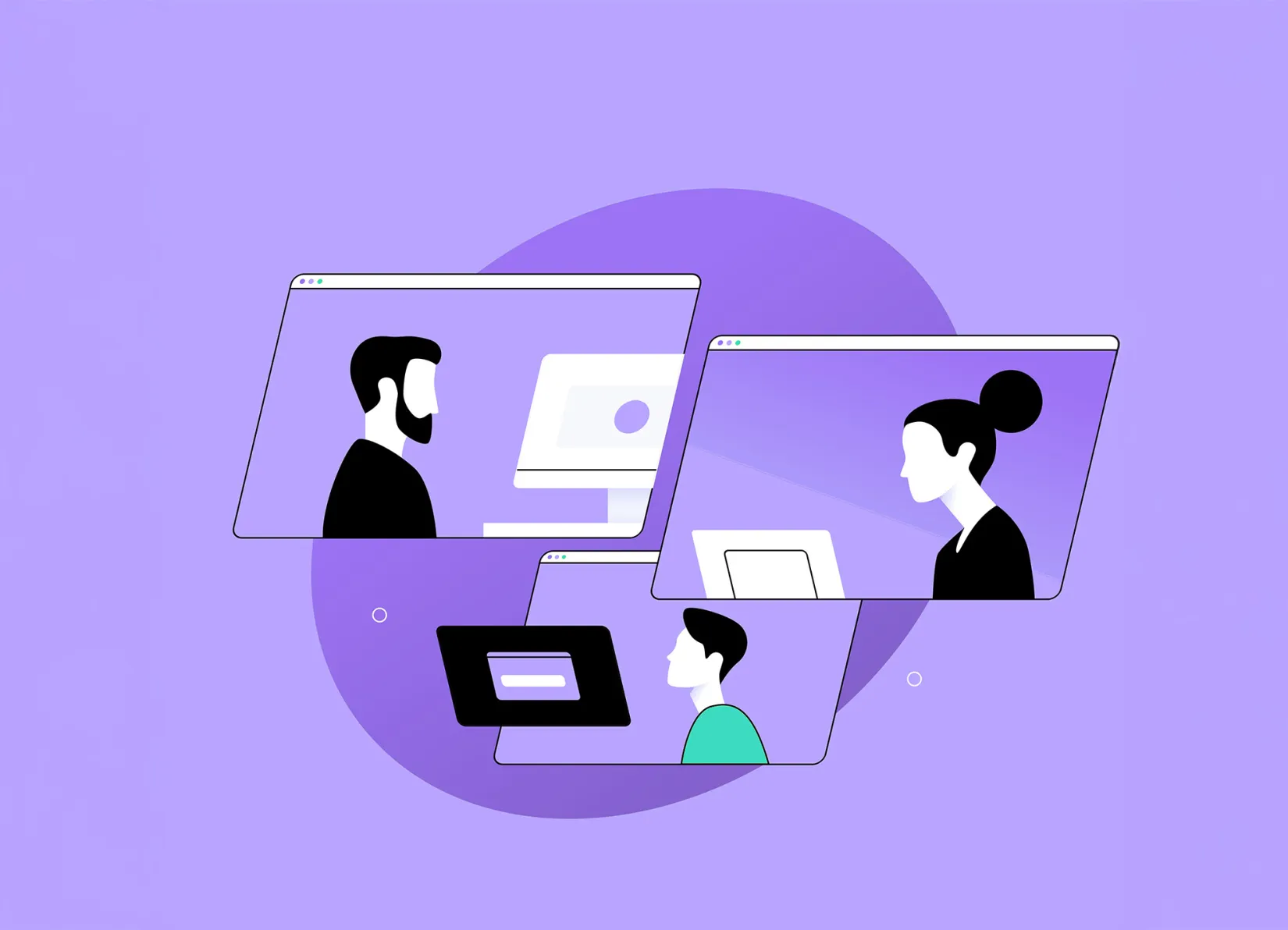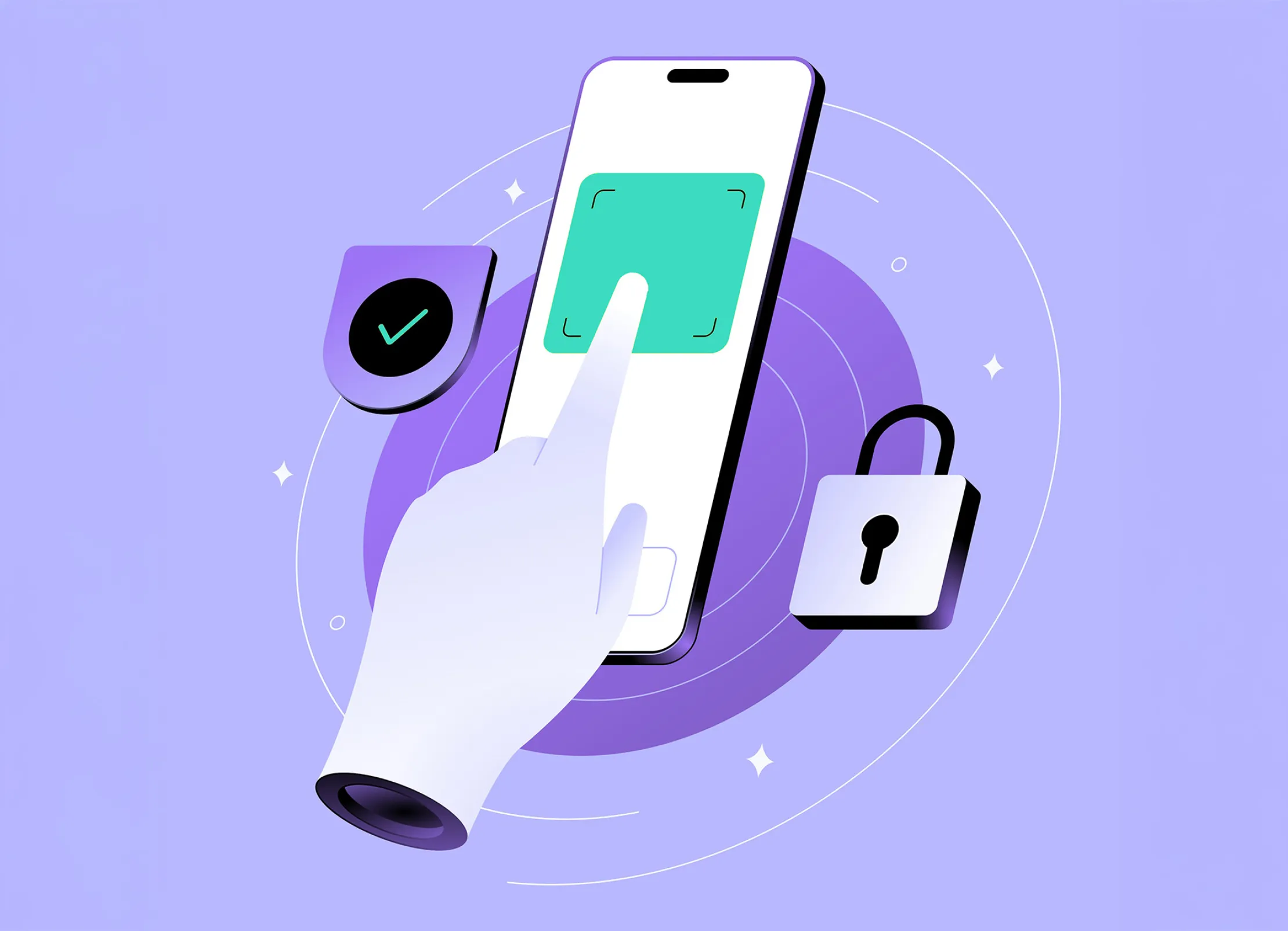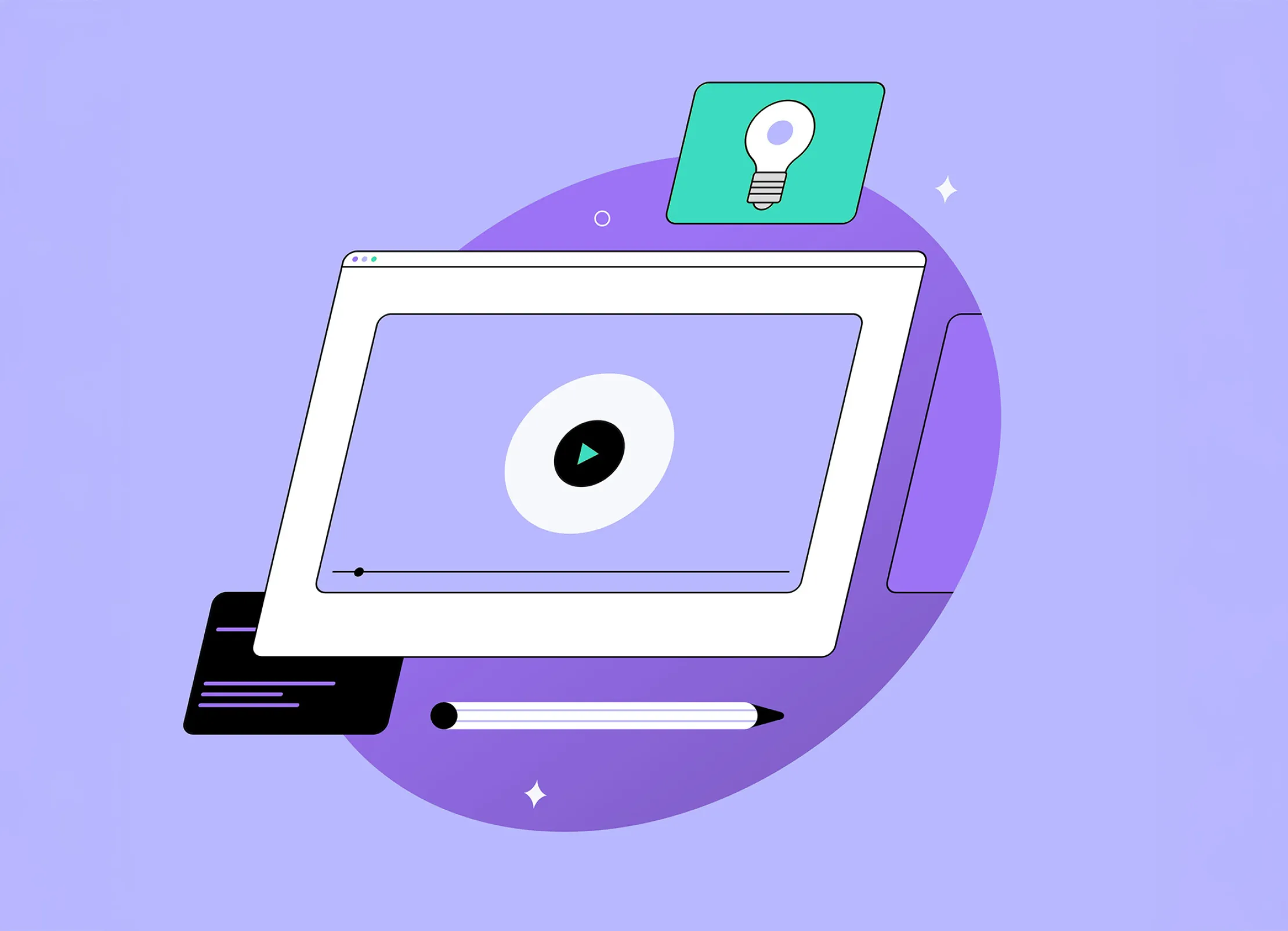The New Digital Baseline: Why Accessibility is No Longer Optional

The web is a pretty amazing place. It's where we work, learn, shop, and connect. For most of us, it just works. But what if it didn't? For millions of people, navigating a website can be a daily struggle. That's where web accessibility comes in. It’s simply about making sure that the digital world we're all building is open and easy to use for people with disabilities.
While accessibility has always been a good idea, it has recently become even more important. It’s a conversation about fairness, and it's now also a key part of the legal landscape in Europe.
A Positive Push: New Digital Standards
There's a positive movement happening right now to standardize digital accessibility. In the EU, the main driver is the European Accessibility Act (EAA). The goal is simple: to create one clear set of accessibility requirements for many products and services. From June 2025 onwards, many private businesses, particularly those in e-commerce and online services, will be expected to meet these standards.
Switzerland is on a similar path with its own legislation. The Behindertengleichstellungsgesetz (BehiG) is currently being revised. By 2027, it is expected that more private companies in Switzerland will also be required to provide accessible products and services.
The main idea is to make accessibility a normal part of doing business online. Rather than viewing it as a strict rule, think of it as a shared goal to make the web a better and more inclusive place.

What Does "Accessible" Actually Mean?
When we talk about the specifics of accessibility, we usually consult the Web Content Accessibility Guidelines (WCAG). It's a helpful checklist that provides us with a shared language and clear goals.
The WCAG is built around four core principles. For a website to be helpful to everyone, it should be:
- Perceivable: Can everyone see or hear your content? For example, if someone can't see an image, is there helpful alternative text (or alt text) that a screen reader can announce instead?
- Operable: Can everyone use your website? This means making sure it works with a keyboard, not just a mouse, and giving people enough time to read and interact with the content.
- Understandable: Is it easy to figure out? A good website has clear instructions and a predictable layout that doesn’t leave you guessing where to click next.
- Robust: Can it be used with different devices and technologies? This includes assistive technologies that people rely on to browse the web.
There are defined levels of conformance to the guidelines, from Level A (the lowest) to Level AAA (the highest), but most businesses aim for Level AA.

Where We Are Today: More Than Meets the Eye
So where do we stand today? A yearly study by WebAIM gives us an idea of the current situation by looking at a million homepages. Their 2025 report found that almost 95% of homepages had some form of detectable accessibility issue. The average page contained over 50 distinct errors.
Perhaps most revealing of all is how widespread some of the most fundamental errors are. The most common issues detected were:
- Low contrast text
- Missing descriptive text for images
- Empty links or buttons
- Missing form labels
Take the most common issue: low contrast text. This is a classic example of how your brand's design can directly impact usability. When creative design and solid development are aligned from the start, you can ensure that your brand colours are clear to every customer.
While fixing these visible issues is a great start, it is often just the tip of the iceberg. They are the starting point for the deeper work required to make a website truly accessible.
This is why a thorough approach is so important. Whether you are building a new site or improving an existing one, addressing accessibility means looking beyond the most obvious surface-level issues. It’s about ensuring the entire structure, from top to bottom, is solid, functional, and welcoming.
Considering accessibility doesn't limit creativity. It simply challenges us to be better creators. It encourages us to build things that are not only beautiful, but also functional and welcoming to every single user. It's a win for them — and, honestly, for us too.


